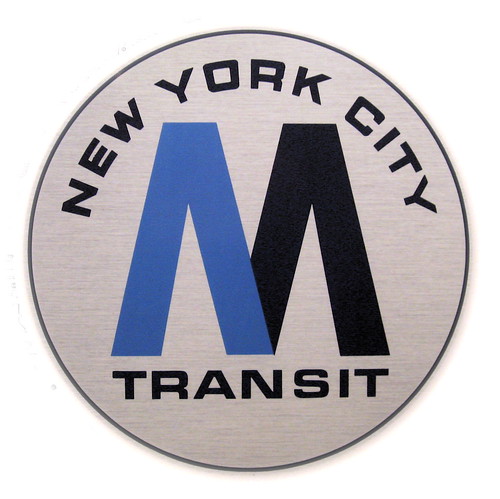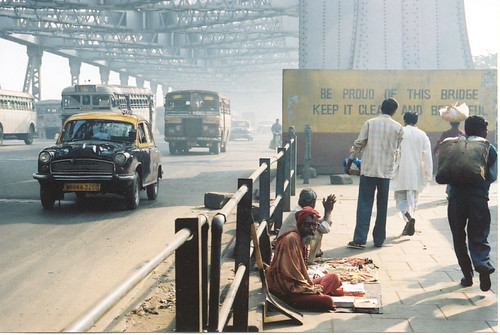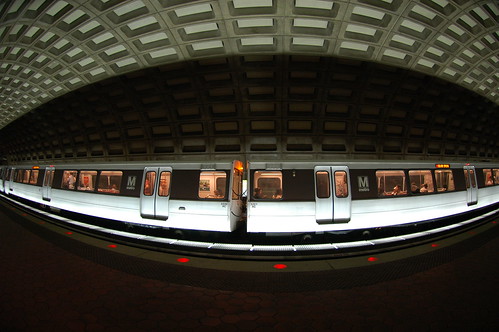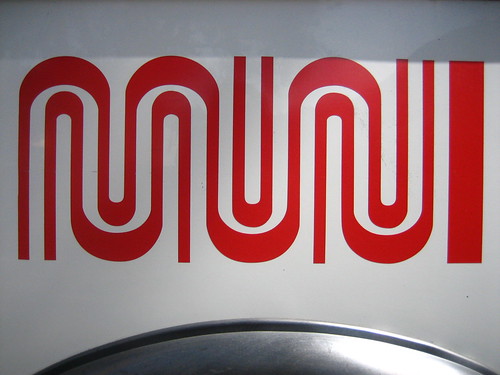Event Alert: 2009 National Highway-Rail Grade Crossing Safety Training Conference – November 15-18, 2009 @ New Orleans, Louisana
Hotel Monteleone
214 Royal Street
New Orleans, LA 70130-2201
The Texas Transportation Institute cordially invites you to attend the 2009 National Highway-Rail Grade Crossing Safety Training Conference. The Crescent City and the Grand Dame of the French Quarter are ready and waiting to assist us in hosting the nation’s grade crossing safety experts who will present information on the latest legislative issues, research, innovations, and technologies in grade crossing safety. We look forward to seeing you in Louisiana this fall!
 Registration Information
Registration Information
You are encouraged to register online for this event.
Online registration will be available until 5:00 pm CST, Friday, November 6, 2009. After this date, please plan to register on-site at the Hotel Monteleone.
Onsite Registration/Information Desk
On-site conference registration will be available at the hotel during the conference. The $125 late fee will be in effect during that time. Check, money order, exact cash and credit card payments will be accepted on-site.
Registration Fees
The registration fee covers all conference functions.
Pre-registration is recommended and will help us in planning and preparing a better conference. If you pre-register, your name tag and program packet will be ready when you arrive at the hotel. The fee is $275 through October 16, 2009. A $125 late fee will be added to registrations received after October 16, 2009.
Payment Information
Please make check or money order (U.S. currency drawn on a U.S. bank) payable to TTI-HRG09. Event Management & Planning (EM&P) also accepts Visa, MasterCard and Discover credit cards. If paying by check or money order, you may register online and then mail your payment to EM&P. EM&P can not invoice; therefore, payment of the conference registration fee must be received prior to admission to the conference. NO PURCHASE ORDERES ACCEPTED.
For payment processing purposes, the vendor identification number for TTI EM&P is 37277277275000. The federal identification number is 74-2270624.
Cancellations
Only cancellations received in writing by EM&P by 5:00 p.m. October 16, 2009, will be refunded, less a $125 handling fee. No refunds will be made after October 16.
Exhibitor Registration
If you would like more information about exhibiting at this conference, please visit the exhibitor web page.
Speaker Information
We extend our appreciation for your acceptance to speak at the 2009 National Highway-Rail Grade Crossing Safety Training Conference. If for some reason you cannot attend we would hope that you could send another person in your place. A letter detailing the specific date and time of your presentation will be mailed to you in the next few weeks. Also included in the letter will be a request for your biographical information, which will assist the moderator in introducing you at the beginning of the session.
Speakers should register online no later than October 16, 2009.
If you have need of further information, please contact Jessica Franklin at j-franklin@ttimail.tamu.edu or (979) 845-5817.
Hotel Reservations
Accommodations have been arranged at the Hotel Monteleone, located at 214 Royal Street in New Orleans, LA. The room block is available November 15-18, 2009. Please refer to “National Rail Conference” when making your reservation.
Government block (prevailing government per diem to be established by September 15, 2009):
- Single: $140 per night current rate
- Double: $140 per night current rate
Discounted Conference Block (Non-Government):
- Single: $185 per night
- Double: $185 per night
A limited number of government rates are available for those guests with proper military or government ID. Please make these reservations as soon as possible to ensure room availability.
To receive special conference rates, individuals should call the Hotel Monteleone directly at (504) 523-3341 or by calling Group Reservations number (800) 217-2033 and identify the event as “National Rail Conference.” Please confirm your room rate when you make your reservation and confirm this rate upon your arrival at the hotel. Please assist us in keeping conference costs down by meeting our room block requirements at this hotel. All reservations for sleeping rooms must be received by October 16, 2009. Reservations received after this date will be accepted on a space available and rate available basis.
For more details about the Hotel Monteleone, please visit their website.
Any attendee not identifying his/her affiliation with the group and not requesting the conference rate prior to check-in cannot be extended the conference rate at a later date or during or after the meeting.
Sponsorship Opportunities
The following is a list of events that will take place during the conference. If your organization would like to sponsor any of the events or make a donation to assist in facilitating any of these events, the cost is listed below. For any event your organization sponsors or makes a contribution to, the organization name will be noted in the program, as well as displayed on a sign at the function. “Themed breaks” are also available for sponsorship.
- Welcome Reception – $20,000
- Continental Breakfast (3) – $2,600 (each)
- Formal Luncheon – $10,000
- Network and Dinner – $27,000
- Daily Morning and Afternoon Breaks – $1,200
If you would like additional information (Program Contents, Speaker Registration, Event Sponsorship), please contact Jessica Franklin at j-franklin@ttimail.tamu.edu or (979) 845-5817.










